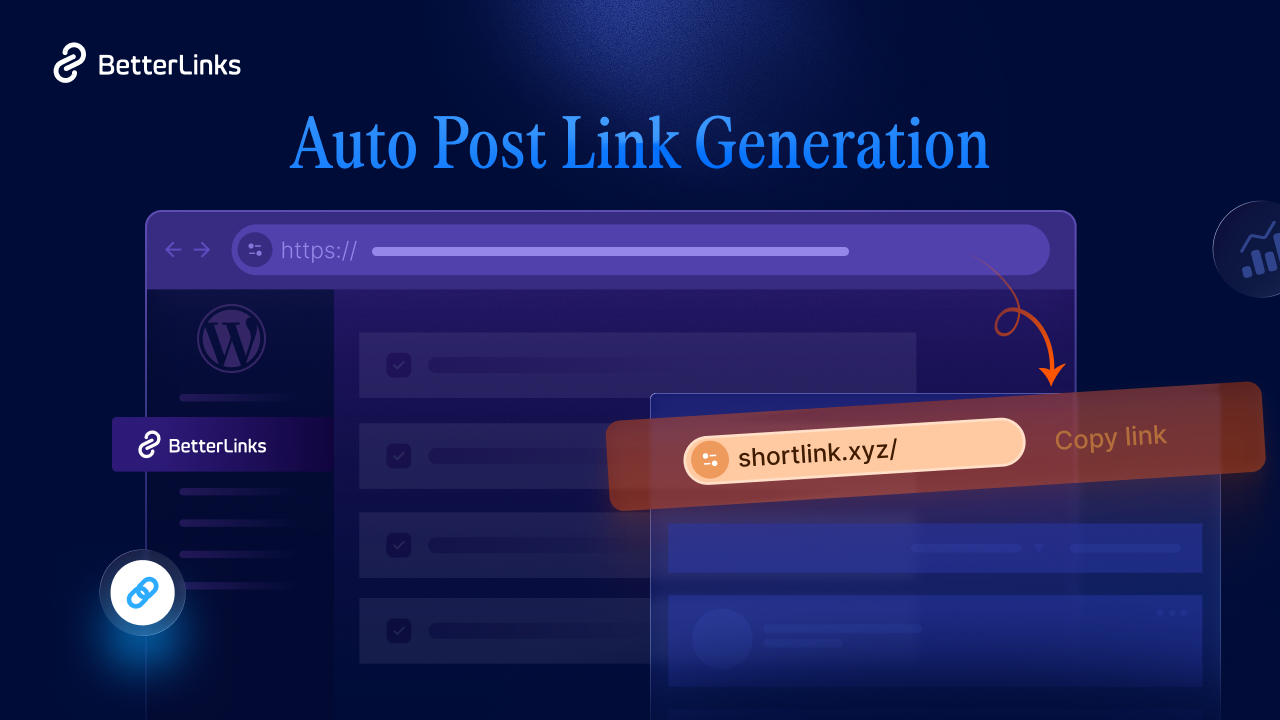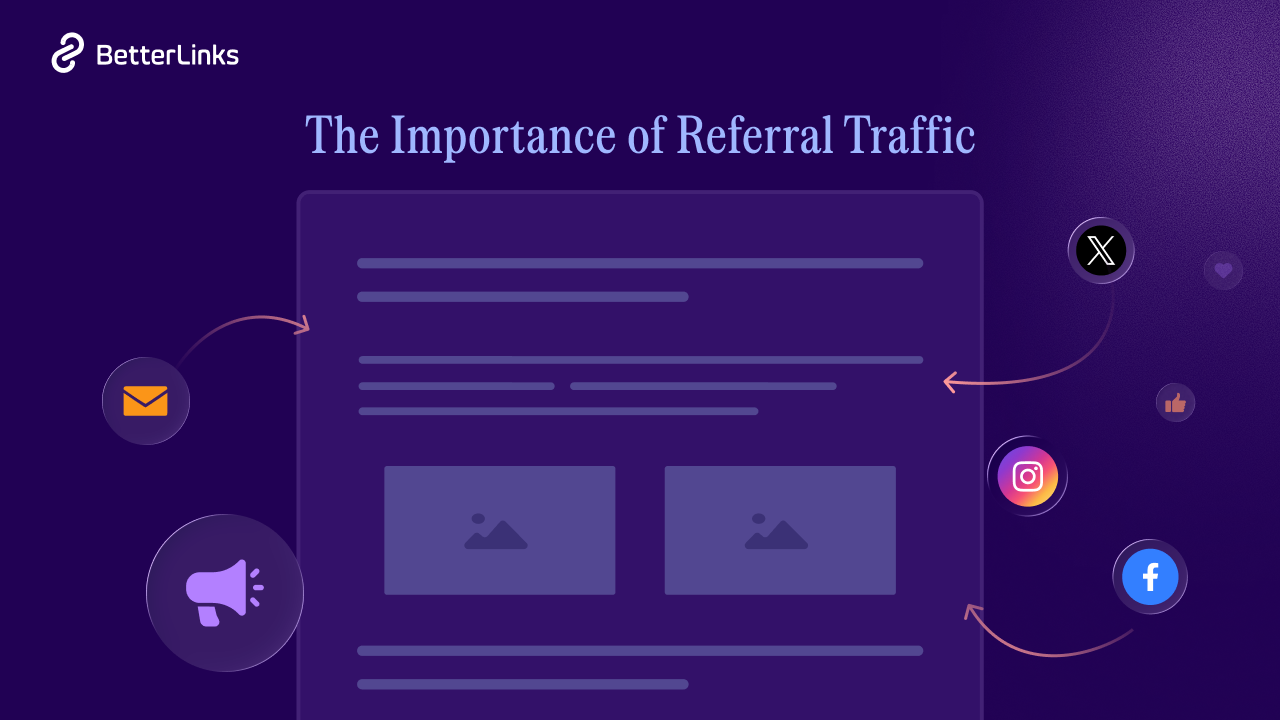Link management has become a critical component of maintaining a strong online presence in the digital world. The goal of every marketer and web developer is to ensure SEO success by managing URLs in a more intelligent, efficient manner. Here is where AI in link management comes in – bringing automation, intelligence, and efficiency to a traditionally manual process.

Throughout this blog, we will examine how artificial intelligence transforms link management, current trends, and the future of this rapidly evolving field.
🔗 What Is Link Management & Why Does It Matter?
Firstly, let us briefly discuss what link management is before we move on to the role of AI. An important part of link management is creating, tracking, monitoring, and optimizing URLs for a variety of digital platforms, campaigns, and websites. Managing links effectively ensures a seamless user experience, improved SEO results, and better campaigns, regardless of whether URLs are shortened, monitored, or fixed.
How AI Is Revolutionizing Link Management
AI has streamlined and automated tasks that once required manual monitoring and decision-making. The following are some of the ways AI is transforming link management:
1. Smart Link Tracking & Analytics

In contrast to traditional link tracking tools, AI-powered link analytics provide much deeper insights. They allow real-time analysis of massive volumes of link activity by automatically gathering, interpreting, and visualizing insights. How that works in practice is as follows:
🌟 Click-Through Rates (CTR): Artificial intelligence can track CTRs across multiple platforms, devices, and timeframes, enabling you to identify the content or campaign that drives engagement.
🌟 Device & Location Demographics: Artificial intelligence not only keeps track of where users click, but also the device they are using – mobile, desktop, tablet – and even where they are located in the world. Having this information allows you to target your campaigns more effectively.
🌟 Conversion Paths: AI maps the entire journey of a customer, not just a single click. It helps marketers identify high-converting touchpoints based on how users navigate from one link to another before making a purchase, signing up, or bouncing.
The level of data-rich analysis makes it possible for marketing teams to spot trends instantly and adjust campaigns accordingly, enabling them to make data-driven decisions more quickly than ever before.
2. Automated Broken Link Detection
Broken links are more than just a nuisance — they can lead to:
- Poor user experience
- Loss of trust
- Lower SEO rankings
It is no longer necessary to manually check hundreds of links across a site since AI automates this process. Here is how:
👉 An AI bot crawls your website continuously and monitors every link, external and internal.
👉 AI alerts and reports you immediately take steps if a link leads to a 404 page or server error.
👉 Depending on your site structure and previous behavior, some advanced platforms recommend the most relevant alternatives or even set up smart redirects automatically.
3. Predictive Link Performance

Link management with AI has achieved one of its most exciting developments: predicting link performance before it is published.
🌟 Machine Learning Models: AI develops models by studying past link performance, click behavior, audience interaction, and content engagement.
🌟 Forecasting Tools: AI can be used to predict potential performance, such as the placement of links, anchor text, or page type that is most likely to convert.
🌟 Performance Scoring: Some tools assign a “link score” to a new URL or marketing campaign in order to predict its success.
In this way, marketers can optimize ROI and reduce trial and error by testing fewer links and prioritizing high-performing strategies from the beginning.
4. Dynamic Link Routing
A static URL is a thing of the past. Users no longer visit the same page every time they visit your site. AI-driven dynamic routing makes it possible to customize the journey of a user like never before.
🌟 Geo-Based Routing: Using IP addresses or GPS locations to route users to localized content. A French user, for instance, could be automatically directed to a French-language landing page.
🌟 Device Detection: AI can identify whether a visitor is on mobile or desktop and serve them a landing page or an interface that is optimized for their device.
🌟 Behavioral Targeting: Using AI to direct users to pages according to their browsing behavior or referral sources can deliver highly relevant content to them.
Through this hyper-personalized experience, customers are more likely to engage, retain, and convert – without having to manually segment or manually code their experience.
5. Contextual Link Suggestions
Creating high-quality, SEO-optimized content often requires high-quality internal links and reliable external references, which takes time. AI comes into play.
🌟 Real-Time Content Analysis: AI tools analyze your content as you write to identify keywords, topics, and intent.
🌟 Smart Link Suggestions: After analyzing the content, the AI suggests links to related blog posts, product pages, documentation, or external authoritative sources.
🌟 Anchor Text Optimization: Tools that analyze keyword trends and SEO trends also recommend anchor texts based on keyword research.
Without the need for tedious manual linking, this streamlines the entire content creation workflow, as well as ensuring stronger link equity and improving SEO performance.
Use Cases: Where AI in Link Management Shines

Let us look at some real-world use cases where AI is playing an active role in improving link management.
✅ Optimization for SEO: AI fixes redirect chains, identifies orphaned pages, and generates slugs that are SEO-friendly.
✅ Content Marketing: It helps marketers identify spammy or low-quality links, as well as link placement, anchor texts, and anchor text placement suggestions.
✅ eCommerce & Affiliate Marketing: By analyzing affiliate link performance, detecting suspicious activity, and dynamically replacing underperforming links, you can boost revenue by using artificial intelligence.
✅ Email Marketing & Campaign Management: You can now use AI-powered tools to perform A/B testing, predict performance, and tag emails automatically.
What’s Coming Next: Future of AI in Link Management
We are still at the beginning of the AI revolution in link management. Among the things we can look forward to in the near future are:
It looks like AI will play a significant role in the management of links in the future. Eventually, you may be able to manage your links by just speaking or by using a visual dashboard. Organizing or updating your links will be much easier and faster this way.
The use of AI will also help in link building. In addition to finding high-authority websites, writing outreach emails, and tracking your backlinks, it can do all this for you without much effort on your part.
A new feature that will be available soon is sentiment-based link placement. Artificial intelligence can assess how users interact with your site to suggest the best places to add links that make sense and are useful to them.
Last but not least, hyper-personalized URL optimization can show users different links based on their needs. Using artificial intelligence, you can customize the content or call-to-action in a link based on the device, location, or interests of the person visiting it
⚙️ BetterLinks: Recommended Tool for Link Management in 2025
Artificial intelligence (AI) tools for link management assist users in managing, optimizing, and automating tasks related to URLs and hyperlinks. A variety of tools (e.g., Respona, Link Whisper) are available that use artificial intelligence to improve link tracking, search engine optimization, content discovery, and more. In addition to being extremely powerful and advanced, BetterLinks is one of the most versatile link management tools on the market.

In addition to creating short links, tracking link performance, and managing affiliate URLs right from the WordPress dashboard, it lets users create branded short links.
With the tool, you can see detailed analytics, such as click data, device information, and geographic location information. Affiliate marketers and digital content creators looking to optimize link management can benefit from BetterLinks’ automated link redirection and URL shortening features.
Final Thoughts: Embracing AI-Powered Link Management
Artificial intelligence does not replace marketers or SEO experts – it empowers them. It takes care of repetitive and data-intensive tasks, allowing professionals to focus on strategy and creativity.
Link management will become more intelligent, adaptable, and strategic with the application of artificial intelligence. The future of AI will bring significant advancements in SEO, performance tracking, and digital marketing efficiency to businesses that embrace these innovations early.
Feel free to share your thoughts with our Facebook community if you have found this blog helpful. You can stay up-to-date on the latest news, tutorials, guides, and knowledge by subscribing to our blogs.






